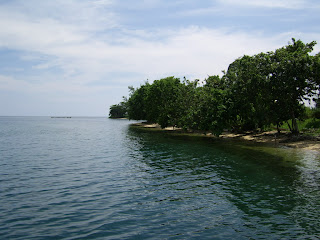Anzac Day, 2.721 New Zealand and 8.000 Australian Soldiers Were Killed at Gallipoli
 25 April is the anniversary of the landing of the Australian and New Zealand Army Corps (ANZACs) at Gallipoli in 1915. Over 8.000 New Zealand soldiers were wounded at Gallipoli and 2.721 were killed by Turk soldiers. The Australian army also suffered heavy casualties: 26.111 were injured and 8.141 were killed.
25 April is the anniversary of the landing of the Australian and New Zealand Army Corps (ANZACs) at Gallipoli in 1915. Over 8.000 New Zealand soldiers were wounded at Gallipoli and 2.721 were killed by Turk soldiers. The Australian army also suffered heavy casualties: 26.111 were injured and 8.141 were killed.
The first Anzac Day took place on 25 April 1916. As time went on, the ceremony of remembrance was extended to the soldiers of the Second World War. It honours all New Zealanders and Austarlians who served in a military campaign.
When war broke out in 1914, Australia had been a Federal Commonwealth for only thirteen years. In 1915, Australian and New Zealand soldiers formed part of an Allied expedition that set out to capture The Gallipoli Peninsula, under a plan by Winston Churcill to open the way to the Black Sea for the Allied navies. The objective was to capture Istanbul, capital of the Ottoman Empire nd an ally of Germany. The ANZAC force landed at Gallipoli on 25 April, meeting fierce resistance from the Turkish Army commanded by Mustafa Kemal Ataturk.
What had been planned as a bold strike to knock Turkey out of the war quickly became a stale-mate, and the campaign dragged on for eight months. At the end of 1915, the Allied forces were evacuated after both sides had suffered heavy casualties and endured great hardships. Over 8,000 Australian and more than 2,700 New Zealand soldiers died. News of the landing at Gallipoli made a profound impact on Australians and New Zealanders at home and 25 April quickly became the day on which they remembered the sacrifice of those who had died in war.
Though the Gallipoli campaign failed in its military objectives of capturing Istanbul and knocking Turkey out of the war, the Australian and New Zealand troops' actions during the campaign bequeathed an intangible but powerful legacy. The creation of what became known as an "Anzac Legend" became an important part of the national identity in both countries. This shaped the ways their citizens viewed both their past and their future.




























